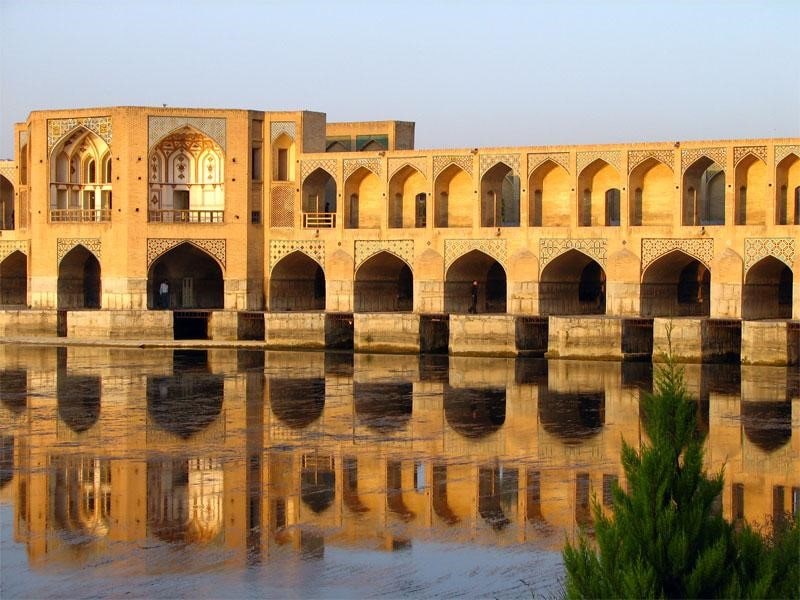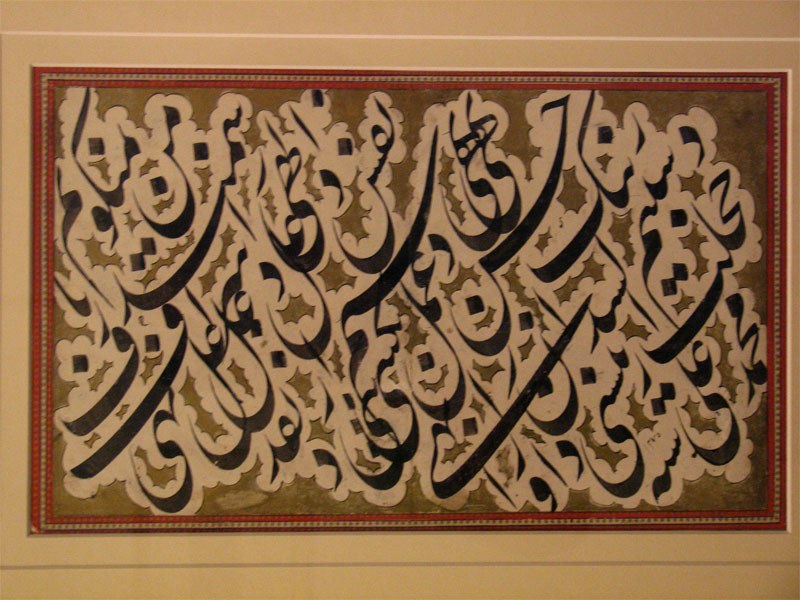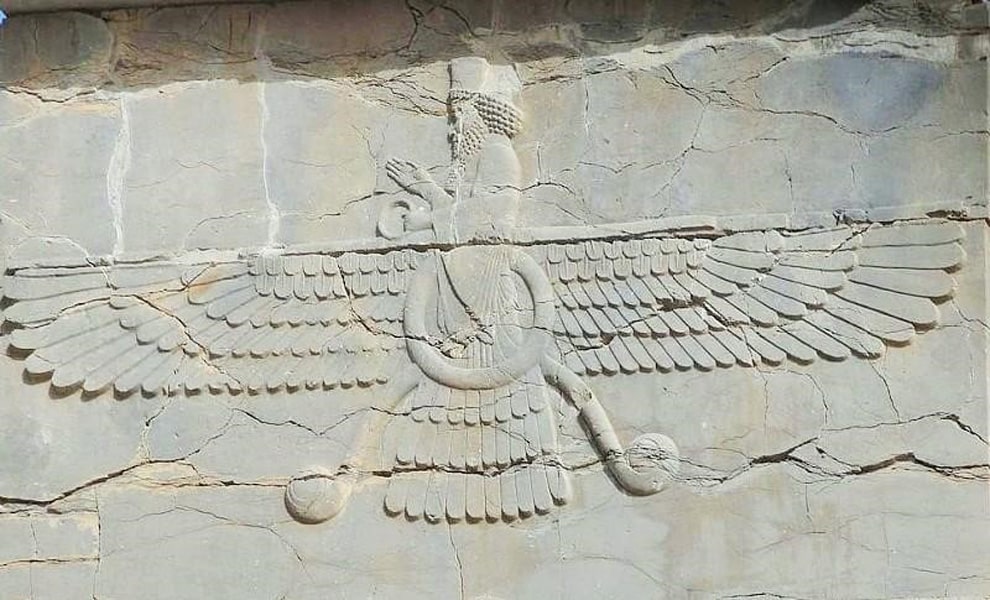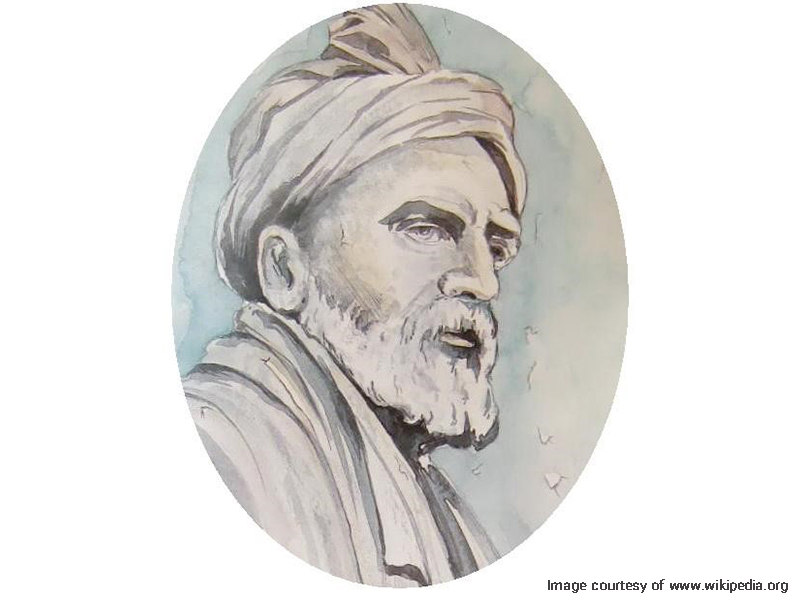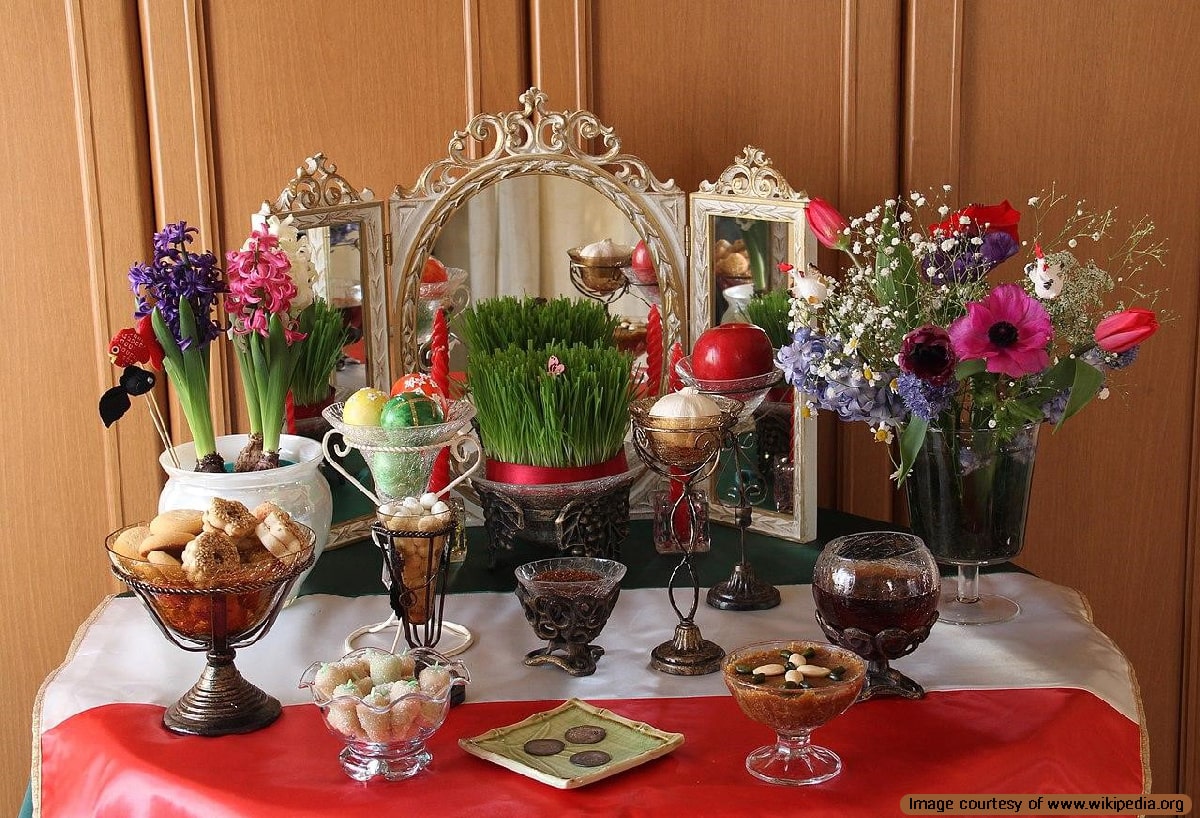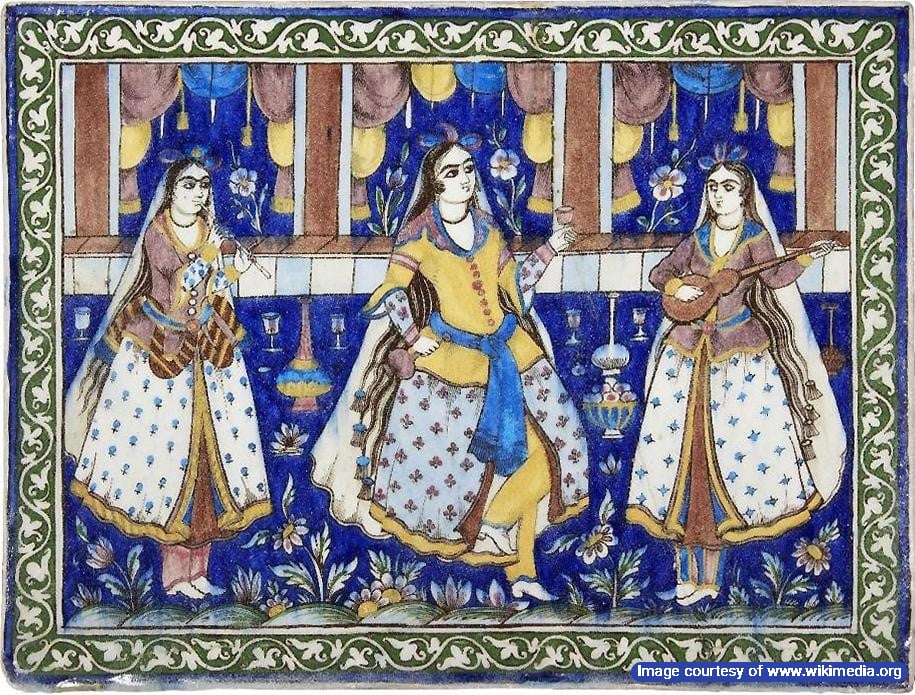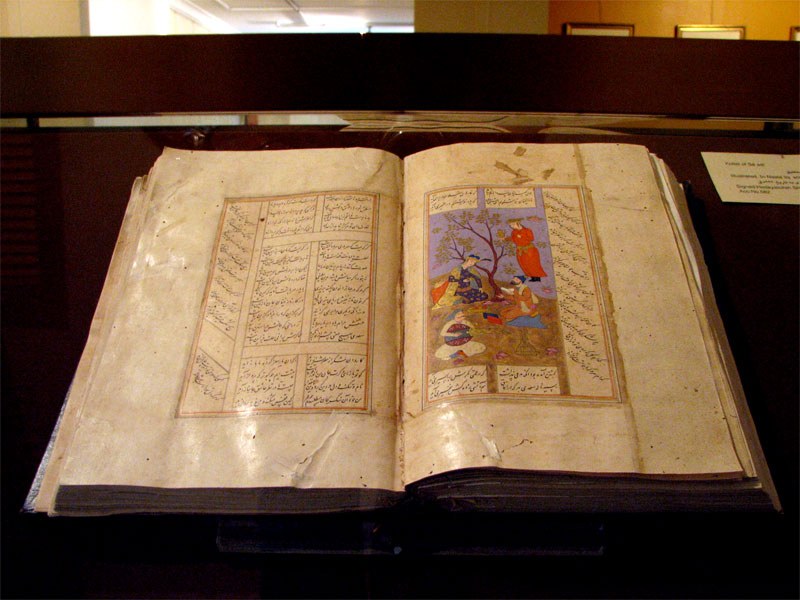
The act of bookmaking in Iran has got a very long and old history. Manuscripts started to be introduced to Iranian arts during Sassanians by some Manicheans, Christians, and Jews. Some books bound by Manicheans, around 8th and 9th centuries A.D., were found at Turkistan region in China.
After Chinese had invented paper, it was used in Samarqand in 750 A.D. In Baghdad, the paper started to be produced in sufficient volume in10th century A.D.
Raw materials and techniques to produce paper developed all through the ages by using various local accessible minerals, etc in Iran.
In order to make a book, first, the text was handwritten. Then the pages were decorated in various methods one by one.
Finally, the book was bound at its headband, cut and finished at its edges and placed into its cover so efficiently like it was a bookcase.
Decorative roundels in form of illuminators were served both to make the pages beautiful and to make the patron or owner of the book known to its readers. Some of the pages were decorated with different pictures that were later made as pictured pages.
Bookmaking Materials in Iran
The paints used in all decorations were taken from various mineral pigments like minium (red lead), vermilion, yellow ocher, orpiment, white plaster, white lead, copper verdigris, green marble powder, lapis lazuli powder and the most expensive of them all the true lapis lazuli. These pigments were mixed by some natural solvents. Then, artists could use this product with a brush made of cat’s hair or sable’s fur for painting. The material generally used for the cover of books was goat’s skin for outer side and sheep’s skin for inner side. Sometimes, the leather used for covers were incised to create patterns.
Iranian Bookmaking Workshops
some very big volumes of books were ordered to be made by kings or governors. Brand new or used books were also bought or sold in large scale. According to an old tradition, scribes were the most respectful persons in these workshops although portraitists supervised the largest royal organizations. Binders were considered among the main members of such workshops.
Early Centuries of Bookmaking in Iran
The exact date of beginning to make such books in the early post-Islam era in Iran is not clearly known. According to some historians, some Sassanian manuscripts had been discovered in the city of Estakhr.
Some of the Iranian works of 10th and 11th centuries are preserved in the well-known library of Chester Beatty. A volume of Koran, dated 972, preserved in Istanbul is decorated by a row of double horns of ibex. Its background is patterned by diamond-shaped checkered design and a rose flower in every other junction. In another volume of Koran, like the Istanbul volume, a cross is displayed at such junctions reminding one of the Pazyrik patterns (most probably Achaemenians era).
Bookmaking of Iran in the Ilkhanid Period
Angular designs were predominantly implemented in different sections of the books of this period. Star-stamped patterns, Cross-shaped, almond-shaped or palm-shaped motifs used to decorate covers and flaps. Doublers were also patterned in arabesque-stamped motifs. Gold was either sprinkled as a powder or brushed as a solution to splendidly decorate pages, margins, roundels, patterns, texts, covers, flaps, etc.
Iranian Bookmaking in Timurid Period
Cloud collar motifs depicted on books are attributed to this period. Sealing different patterns gained popularity among the bookmakers of Shiraz. Since the early years of the 14th century, many of the artistic media and handicrafts were gradually influenced by Chinese themes as a result of the importation of textiles and other trade items from the east.
Artists developed the Mongolian (Ilkhanid) binding style by adding Chinese-like decorative styles and mixing the motifs to inspire more colorful decorations. This transitional style began by Baghdad’s governor and became well known as Jalayery style. Later, a very imitative style was used by the artists in Yazd. They developed it by working out a thoroughly balanced design and sealing a design depicting some animals.
Afterward, the artists from Tabriz and Herat worked together and succeeded to give a second life to traditional arabesque decorations by making them more distinguished and refined. In Tabriz school, the colors were stronger but darker like blue, gold, black, white, green and brown.
During the first half of the 15th century, human bodies were depicted on the cover of a complete work of poetry by a poetess called Jahan Khatoon for the first time after the advent of Islam in Iran. The picture showed a kneeling crowned man talking to a sitting woman. The gold and silver decorated human figures introduced Mozaffary style and lacked Chinese orientations of any kind. This happened in the western part of Iran, probably in Hamedan. Ultimately, Simorgh was used as a pattern on book covers of Timurid period.
Iranian Bookmaking Safavid, Zand & Qajar Periods
Safavid period witnessed a new style created by complete scenes patterned by large stamps. The motifs were extremely tiny and some details were painted afterward. Frames were often treated by marquetry and gilt surrounded the whole design. During this period, covers, flaps and doublers were decorated by plenty of colorful decorations as a general tendency. Tiny gilded papers containing floral designs were mostly fixed on blue, red, green, orange and black background to function as filigree-like decorations.
In the royal manuscripts illuminated in Tabriz, the unmistakable influence of Herat style is clearly recognized. But, little space was usually left undone because of the exaggeration in decorations. Using varnish and some kinds of resins for under lacquer painting was maintained by the artists of Safavid period in Tabriz. Generally, the background was painted black and the patterns gold, red and green.
Since the 18th century, the illuminated designs started to lose their vividness. Although the neat precision could not be denied, the abundance of details cast a shadow on main motifs. A very common design beginning with Safavids was a king sitting on his throne in a garden while angels were flying above his head and courtiers around him ready to serve him.
European Influence on Iranian Bookmaking
Toward the end of the 18th century, the European influence could be noticed here and there within the motifs, like acanthus-leaf decoration derived from Corinthian style in ancient Greek architecture. It had then been revived in the capitals of the columns and plaster works all over Europe.
The composition of doublers during that period implies the same fact: although one could notice the main cover making elements like margin, four corner pieces, medallion and their upper and lower pendants, the proportions were unprecedented and contours were not strongly worked out.
The most fruitful contacts with European styles began with Zand dynasty and were extended up to Qajar period. It ended in the under lacquer-painted war scenes and court scenes all complied with realistic style. However, Chinese-like patterns were not totally forgotten by artists. Lacquer-painted covers were made for common people by creating colorful flowers derived from European styles on colored backgrounds. Bookmaking, in 20th century, was replaced by printing industry, but there are still some artist keeping this traditional art alive in some corners of Iran.
Written By: Rahman Mehraby






